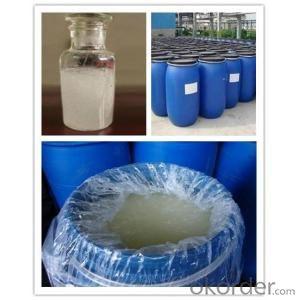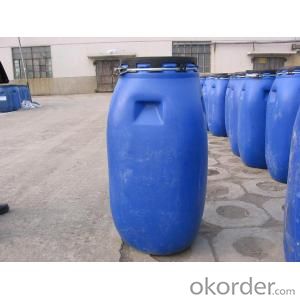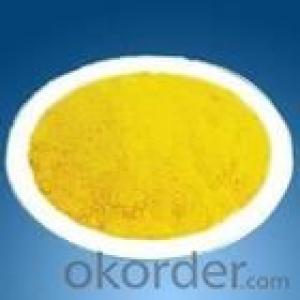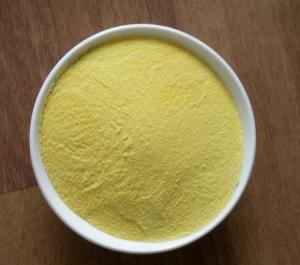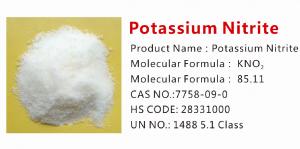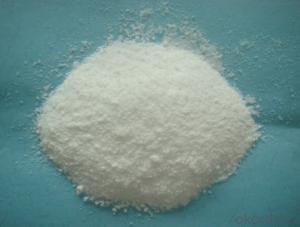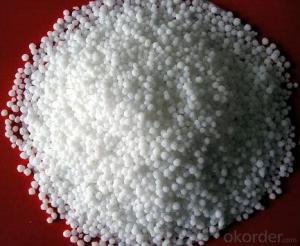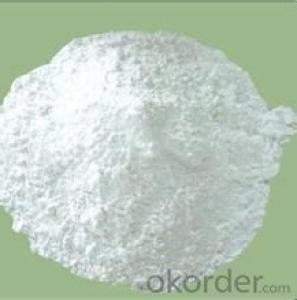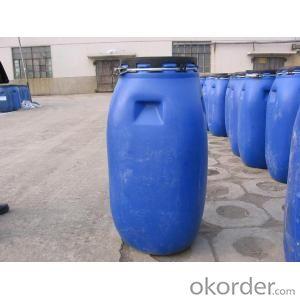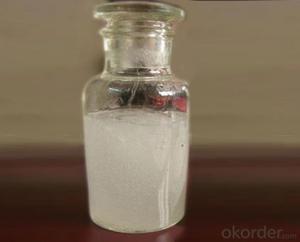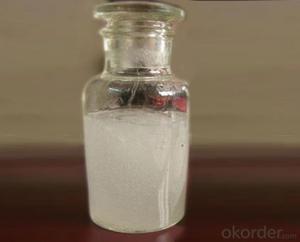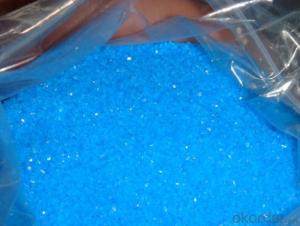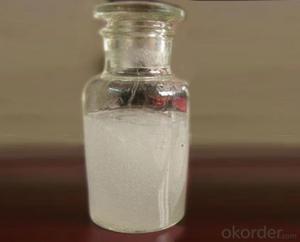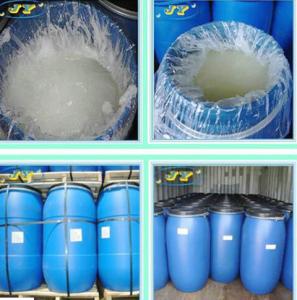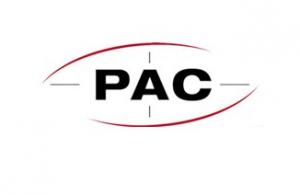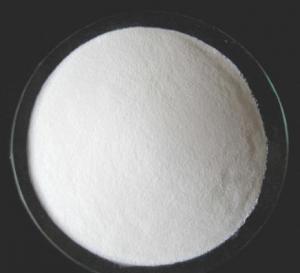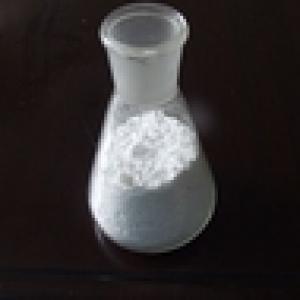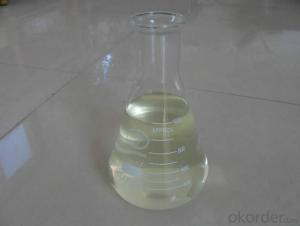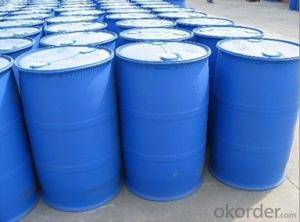SGS TESTED of SLES70% with the Lower Price
- Loading Port:
- Shanghai
- Payment Terms:
- TT OR LC
- Min Order Qty:
- 17.6
- Supply Capability:
- 3000 m.t./month
OKorder Service Pledge
OKorder Financial Service
You Might Also Like
Specifications
1.Product name:SLES70%
2.CAS#:68585-34-2
3.Molecular formula:RO(C2H4O)2SO3Na
4.Purity:99% min
Usage:It is a very broad use of detergent raw materials, it is widely used to produce various types of liquid and semi-solid detergent and cleaning products in public places. Has excellent solubility characteristics, to produce a rich foam, gentle nature will not damage the skin wash.
Packing: 110KG, 160KG, 220KG Plastic Drums
Delivery: Within one week after payment done.
Description:
SLES is a kind of anionic surfactant with excellent performance.it is easily dissolved in water. it is widely used in liquid detergent,such as dishware,shampoo,bubble bath and hand cleaner,ect.SlES can also be used in washing powder and detergent for heavy dirty.Using it to replace LAS,phosphate can be saved or reduced,and general dosage of active matter is reduced.In textile,printing and dyeing,oil and leather industries,dyeing agent,cleaner,foaming agent and degreasing agent.
- Q: What is an inorganic salt?
- Inorganic salts are not just salts of carbon-free salts, and some salts containing carbon are apparently also inorganic salts such as K2CO3, sodium bicarbonate, etc.
- Q: Inorganic salts play an important role in maintaining the life activities of living organisms. It is mainly in the form of living organisms.
- Inorganic salts are mineral nutrients present in the body and in the food. Most inorganic salts in the cells are present in the form of ions, consisting of organic matter and inorganic compounds.
- Q: After running the training is best to drink what drinks add inorganic salt
- C100 ah
- Q: What is the composition of inorganic salts?
- Most of the inorganic salts in the cell are present in the form of ions
- Q: What is the most important inorganic salt in plant growth?
- The inorganic salts required by plants are nitrogen, phosphorus and potassium containing inorganic salts, and if any lack of plants will affect the normal growth of plants, nitrogen is a component of many important organic compounds in the body, such as protein, nucleic acid, chlorophyll , Enzymes, vitamins, alkaloids and some hormones contain nitrogen. Nitrogen is also the basis of genetic material in all organisms, the most important protein, it is often in the center of metabolic activity.Now is to limit the growth of plants and the formation of the primary Factor. It also has a significant effect on improving the quality of the product.K2 is dissolved in the plant juice, and its main function is related to the metabolism of the plant.The content of phosphorus in the plant is second only to nitrogen and potassium, Phosphorus plays an important role in plant nutrition. Almost all important organic compounds in plants contain phosphorus. Phosphorus is involved in photosynthesis, respiration, energy storage and delivery, cell division, cell enlargement and other processes in plants.
- Q: By balancing the benefits of dietary supplementation with inorganic salts, what are the advantages and disadvantages of taking health care agents?
- There will be no imbalance in the state, and those survey reports are often too exaggerated unbalanced side to emphasize the use of a balanced diet. You may want to talk about how the natural diet through the general way to add the advantages of inorganic salts, and the advantages and disadvantages of taking health care agents
- Q: Does the lack of inorganic salts cause convulsions?
- The lack of important substances in the salt body is indeed the use of salt to protect the health of important substances than the calcium and phosphorus main body bone calcium blood coagulation muscle contraction and nerve cell regulation very important phosphorus calcium with the same function of food are preserved phosphorus body lack of calcium muscle spasms Can be rash dyspnea gastrointestinal paralysis and other body no phosphorus calcium calcium phosphate can be used to make bone calcium and phosphorus with a reasonable reason to play its role in the use of salt my body's non-essential body about 50 grams of salt according to 0 --- 2 5 grams To follow the excreta outside the body need to be added or otherwise the body of the production capacity of the body is extremely lack of salt can be fainting disease to speed up or even cause muscle weakness in the iron content and its role is not important in vivo iron deficiency anemia and other iron deficiency
- Q: What is the use of inorganic salts and organic salts?
- The organics are compounds containing carbon, and the inorganic salts are salts containing no carbon. For example, we usually eat sugar is organic matter, salt is inorganic salt.
- Q: is sugar and salt organic or inorganic?
- Organics contain carbon and inorganics do not. Sugar is a CARBOhydrate.... and salt is sodium chloride (no carbon there).
- Q: Lack of calcium, phosphorus, iron, zinc inorganic salt should eat what?
- Speaking of calcium, many people will think of white calcium or calcium carbonate powder, and even rich in calcium food, often people mention nothing more than white milk and tofu. In fact, in the high calcium content of food, in addition to shrimp, most of the other looks very black. Every 100 grams of food in the calcium content of more than 300 milligrams of food with kelp, seaweed, Nostoc, black fungus, black sesame and other black food, and some calcium content even up to thousands of milligrams, and milk calcium content is only in the middle level , About 100 grams per 100 grams of calcium. People's Liberation Army 305 Hospital Digestive Medicine chief physician Wang Zhijin said that these black food calcium content is indeed high, but the taste, taste less than some milk, some people, especially young people do not love to eat. And calcium can not just look at the content of calcium, the most important thing is the absorption of the human body, at this point, the advantages of milk is very obvious. The nutritional content of each food is not a single, milk in the same calcium supplement, but also provide a lot of protein, amino acids, fat and vitamins, and kelp is rich in iodine, black fungus has now become an effective prevention of heart Cerebrovascular disease one of the foods.
Send your message to us
SGS TESTED of SLES70% with the Lower Price
- Loading Port:
- Shanghai
- Payment Terms:
- TT OR LC
- Min Order Qty:
- 17.6
- Supply Capability:
- 3000 m.t./month
OKorder Service Pledge
OKorder Financial Service
Similar products
Hot products
Hot Searches
